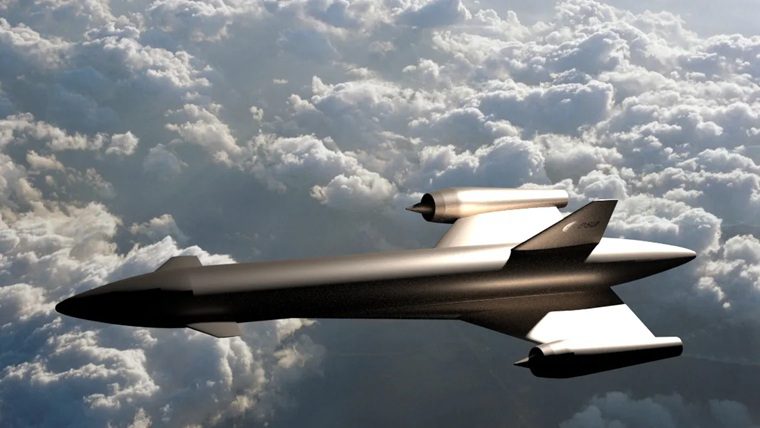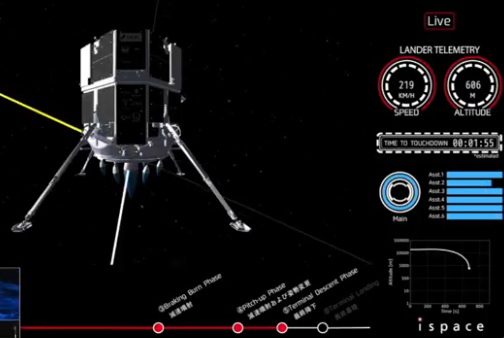But it is not because Florida Today’s The Flame Trench blog has not done its journalism properly, no, its because NASA’s public affairs office got it wrong – well everybody makes mistakes I guess
NASA has told Hyperbola that The Flame Trench‘s article about the Aerospace Corporation Evolved Expendable Launch Vehicle (EELV) study on EELV suitability for launching the Orion crew exploration vehicle is wrong when it’s first sentence says:
Senior NASA managers are reviewing an independent analysis
because:
Under evaluation was not accurate re: the Aerospace report. I learned later that it is in fact not finished and we can’t discuss it further at this point.
Hyperbola wanted to put this information into the public domain because searching for reports about this study this blog has not uncovered any correct articles, only blogosphere postings that propagate this initial error (Yes very community minded I know)
The statement that the study is not finished also raises questions about the validity of the NASASpaceflight.com (NSF) article that kicked off this whole situation
It suggests that NSF has been provided with an incomplete summary or portion of the Aerospace Corporation report that does not reflect its true conclusions
If you read the NSF article closely it does appear that the story is actually based on the United Launch Alliance review conducted as part of the work and not the Aerospace study itself, especially when it says
The ULA (United Launch Alliance) were asked to contribute a limited review of the technical elements of the study. However, they were not given access to the cost or schedule data that was to be used in the findings.
and then later on
It is also noted that the ULA used the same ascent trajectory constraints as Ares I
and then again here
However, ULA’s estimate of $400M to human rate the Delta IV-H – and a figure of around $200m to carry out the same process on an Atlas V-H – are deemed as “wildly off base” by NASA sources
and clearly the NASA sources are not the Aerospace study team. This would also explain why NASA is able to say that the Aerospace study is not finished. The Orlando Sentinel’s 20 April Write Stuff blog post about the NSF article also referred to ULA employees as a source about the use of EELVs for Constellation
What peaked Hyperbola’s original interest in the NSF article was the timing of the report. This blog asked NASA in a Monday 20 April email:
Michael Griffin said on different occasions that the EELVs would not be as safe as Ares I and that statement would not exclude either that Aerospace Corporation had carried out a study or that the ULA booster could loft that payload. Can you confirm that this Aerospace Corporation study was carried out, when it was carried out and whether it was the study that led to Griffin being prepared to make the statement that EELVs were not as safe as Ares I?
What is clear now is that Griffin could not have been referring to this report. Was it the 2005 Exploration Systems Architecture Study instead? I’ll leave that to another blog post
Thanks to NSF for bringing the Aerospace study to our attention, Hyperbola will be tracking its progress and hopes to bring its results to its readers as soon as possible
In the meantime if you want interesting EELV comments look no further than the NASA Aerospace Safety Advisory Panel 2008 annual report
While it says nothing about EELV suitability for launching Orion there is one entry that is very interesting. Acting administrator Christopher Scolese is qouted (I guess at the time he was associate administrator) as saying, when asked by ASAP what was harder than you expected?
Designing Ares and Orion to have improved operational characteristics over
our Shuttle and EELV systems.
Interesting? Whether you think so or not Michael Griffin’s responses to the Panel’s questions are hilarious and worth reading








